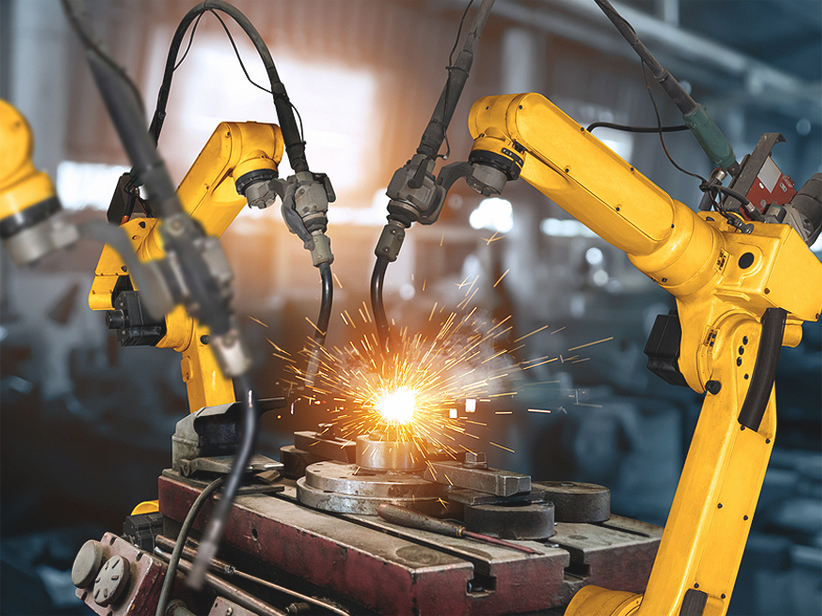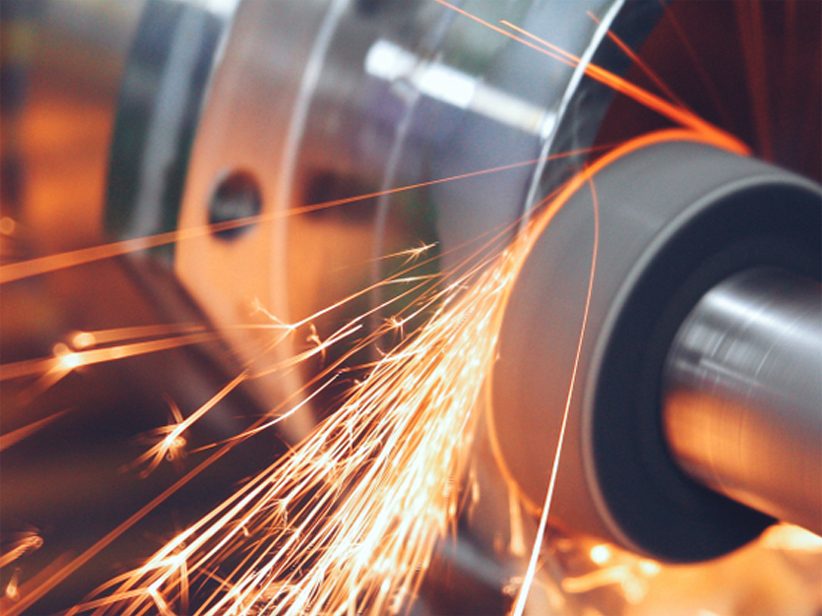Stainless Steel - Grade 309L / 1.4833
Description
Stainless Steel Grade 309L/1.4833 is a low-carbon austenitic stainless steel known for its high corrosion resistance and excellent oxidation resistance at elevated temperatures. The lower carbon content reduces carbide precipitation, enhancing weldability and maintaining the alloy's properties after welding. This makes 309L suitable for high-temperature applications, including those involving exposure to sulfuric acid and other aggressive environments.
Chemical Composition
- Chromium (Cr): 22.0 - 24.0%
- Nickel (Ni): 12.0 - 15.0%
- Manganese (Mn): ≤ 2.0%
- Silicon (Si): ≤ 1.0%
- Carbon (C): ≤ 0.03%
- Phosphorus (P): ≤ 0.045%
- Sulfur (S): ≤ 0.030%
- Iron (Fe): Balance
Send Enquiry
Mechanical Properties
- Tensile Strength: 550 MPa (min)
- Yield Strength: 240 MPa (min)
- Elongation: 40% (min)
- Hardness: 95 HRB (max)
Thermal & Physical Properties
- Density: 7.89 g/cm³
- Melting Point: 1398 - 1421°C (2550 - 2590°F)
- Specific Heat: 500 J/kg•K at 20°C
- Thermal Conductivity: 14.2 W/m•K at 100°C
- Electrical Resistivity: 0.74 µΩ•m at 20°C
Other Designations
- UNS: S30908
- EN: 1.4833
- JIS: SUS 309L
- DIN: X2CrNi23-14
Fabrication and Heat Treatment
- Welding: 309L/1.4833 can be welded using all standard welding techniques. The low carbon content minimizes the risk of carbide precipitation, which could otherwise lead to intergranular corrosion.
- Forming: It can be easily formed using standard techniques due to its austenitic structure.
- Machining: Machining can be performed using standard techniques, although work hardening may require slower speeds and feeds.
- Heat Treatment: Solution treatment or annealing can be carried out at temperatures ranging from 1038 to 1121°C, followed by rapid cooling to enhance the mechanical properties.
Applications
- Furnace Parts: Ideal for high-temperature furnace components.
- Heat Exchangers: Suitable for use in heat exchanger tubes.
- Chemical Processing: Equipment exposed to sulfuric acid and other corrosive chemicals.
- Power Generation: Boiler baffles, tube hangers, and other components in power plants.
- Petrochemical: Used in processing and refining equipment.
Supplied Forms
- Bars
- Wires
- Coils
Features
- High Temperature Resistance: Excellent performance in environments up to 1000°C.
- Corrosion Resistance: Superior resistance to oxidation and corrosion, particularly in sulfuric acid environments.
- Weldability: Low carbon content enhances weldability and reduces carbide precipitation.
- Versatility: Suitable for a wide range of industrial applications due to its robust mechanical and chemical properties.
- Durability: High strength and elongation provide durability in demanding conditions.






